Organic farming is not just a method of agriculture; it’s a commitment to a sustainable and ethical way of producing food. It involves nurturing the ecosystem, prioritizing soil health, and using natural alternatives to synthetic inputs.
As the demand for organic produce grows, understanding the essential tips for success in organic farming becomes increasingly important. This article outlines 14 crucial strategies for farmers who wish to thrive in the organic farming sector, from managing soil health to embracing the latest farming technology innovations.
Table of Contents
Key Takeaways
- Understanding and maintaining soil health is foundational for successful organic farming.
- Effective composting techniques can enhance soil fertility and reduce waste.
- Crop rotation is critical for nutrient management and pest control in organic systems.
- Biological pest control and natural fertilizers help maintain ecological balance and reduce reliance on synthetic chemicals.
- Staying informed about organic certification, market trends, and emerging technologies can provide a competitive edge in the organic farming industry.
1. Soil Health Management for Success in Organic Farming

Maintaining the vitality of the soil is the cornerstone of organic farming. Healthy soil is the foundation for robust plant growth, resilience to environmental stressors, and overall farm productivity. Sustainable practices such as crop rotation, cover cropping, and the use of organic compost are essential for promoting a thriving soil ecosystem.
Soil health management focuses on nurturing the soil’s natural balance, encouraging the proliferation of beneficial microorganisms and enhancing nutrient cycling. This approach not only improves soil structure and fertility but also reduces the need for synthetic inputs, making it a key strategy for organic farmers.
By prioritizing soil health, farmers can ensure their land remains fertile and productive for years to come, safeguarding their investment and the environment.
Here are some key practices for soil health management in organic farming:
- Crop rotation to prevent nutrient depletion and disrupt pest cycles
- Cover cropping to protect and enrich the soil during off-seasons
- Composting to recycle organic matter and boost soil nutrient content
- Minimizing soil disturbance to preserve soil structure and microorganism habitats
- Utilizing organic fertilizers to maintain long-term soil fertility
2. Composting Techniques
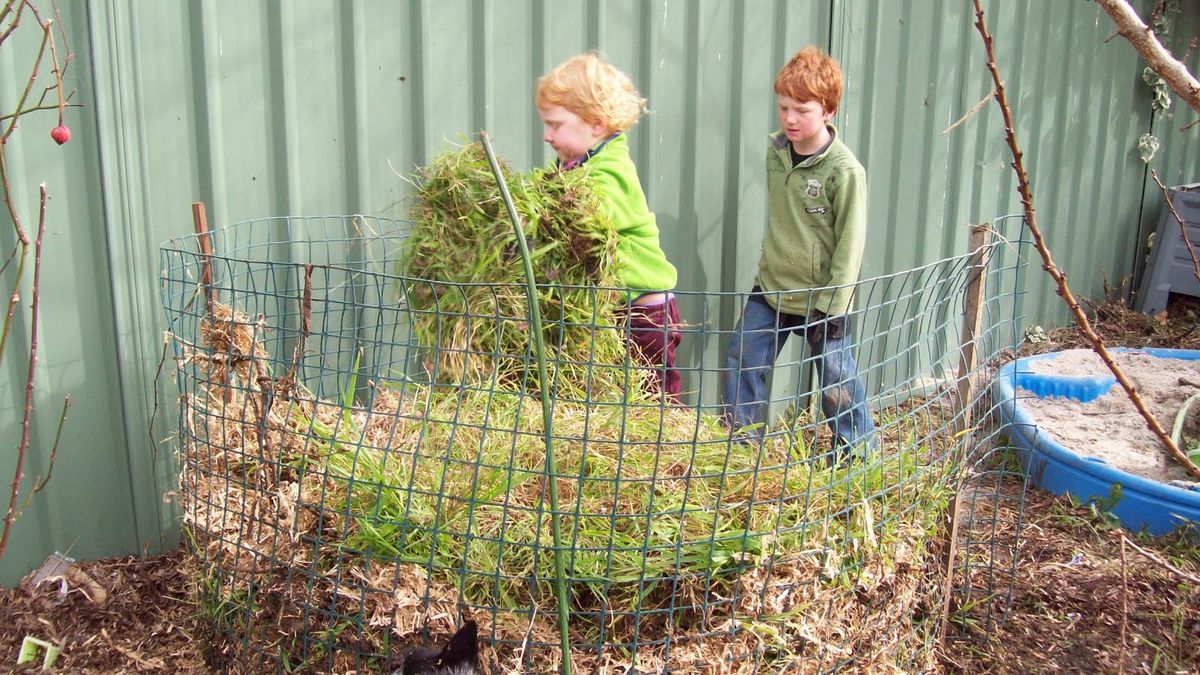
Composting is a cornerstone of organic farming, transforming organic waste into valuable fertilizer. Collecting organic materials for composting is a crucial step that can vary in scale and method. A simple approach is the home-gardener version, where materials are added bit-by-bit and the compost needs turning only once a year, maturing in 9-12 months.
To maintain a sustainable composting system, consider the deep mulch method: clear the garden area, lay 4 inches of good compost, and plant directly into it. Refresh with an additional inch of compost every two years. This method is particularly effective if you’re dealing with perennial weeds or grassy plots.
Composting not only recycles waste but also enhances soil fertility and structure. It’s a practice that embodies the essence of sustainability in organic farming.
Remember, the goal is to create a nutrient-rich humus for your crops without resorting to synthetic fertilizers. Whether you’re turning compost three times at critical stages or adopting a low-input method, the key is consistency and attention to the compost’s progress.
3. Crop Rotation Strategies
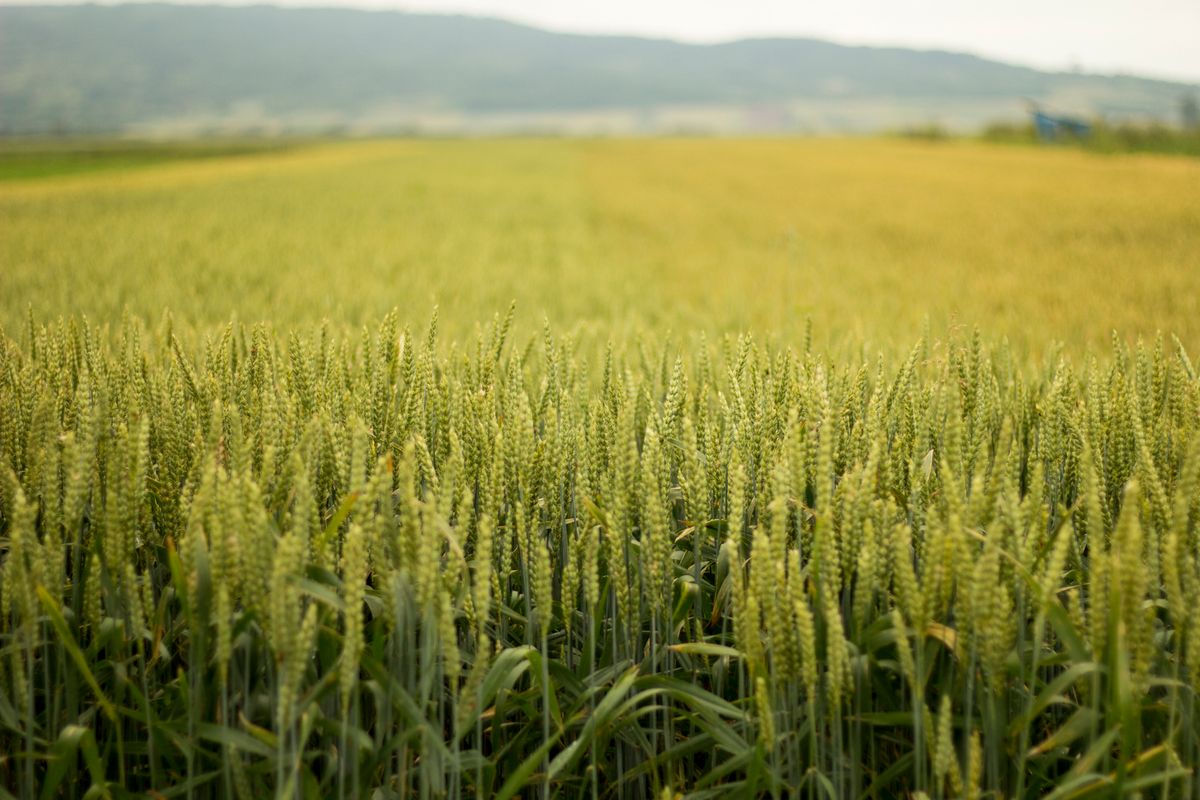
Crop rotation is a powerful technique that forms the backbone of organic farming. By diversifying crops and implementing well-designed rotation patterns, farmers can enhance soil health, manage pests, and improve overall crop yields.
Crop rotation strategies often involve a systematic approach to planting different types of crops in a sequential manner over several growing seasons. This practice helps in breaking pest and disease cycles, as well as in optimizing nutrient use from the soil.
- Winter cover crops: These can be planted between vegetable crops to enrich the soil.
- Succession planting: Allows for continuous harvest by staggering plantings of the same crop.
- Follow-on cropping: Involves planting a second crop immediately after the first has been harvested to maximize space usage.
Emphasizing the importance of crop rotation, it’s not just about rotating crops, but also integrating cover crops, managing seasonal transitions, and addressing soil-borne challenges.
Understanding the nuances of crop rotation can lead to a more resilient and productive organic farm. Workshops and courses are available to help farmers design effective rotation plans, including the use of pinwheels and ad hoc systems for minor crops.
4. Biological Pest Control
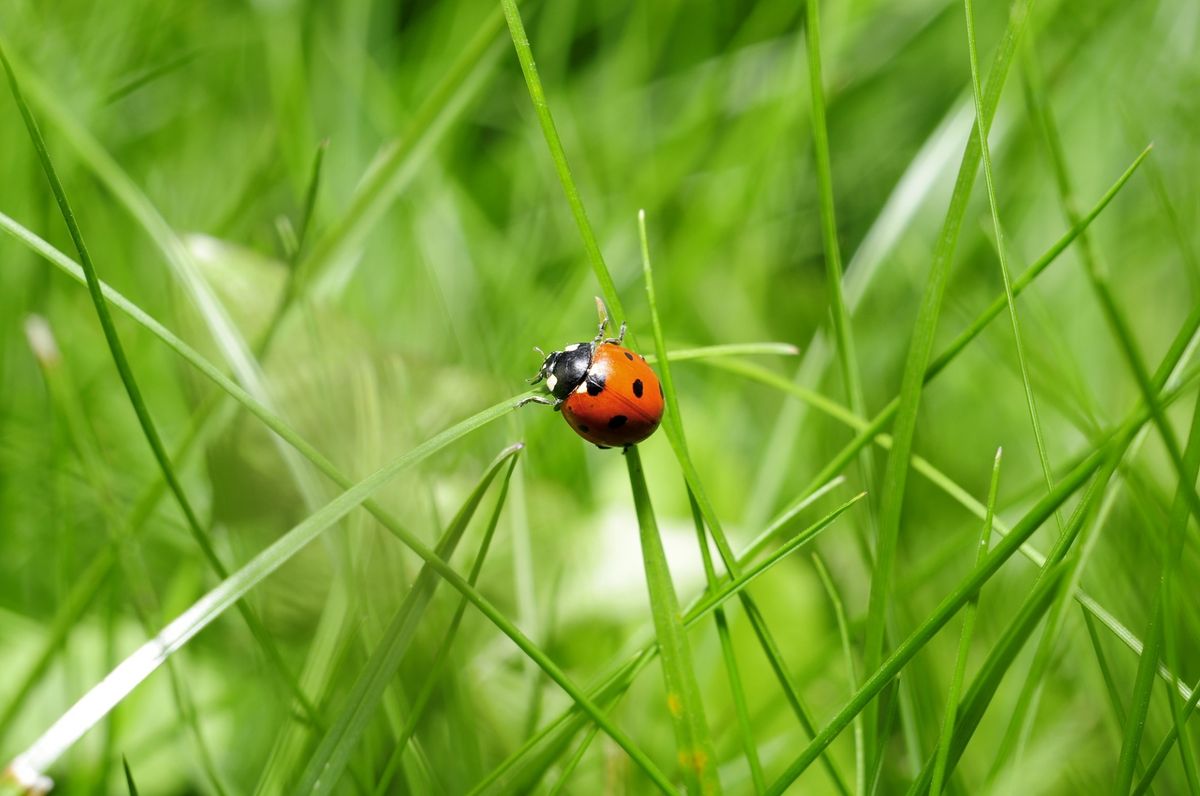
Biological pest control is a cornerstone of organic farming, utilizing the natural enemies of pests to maintain a balanced ecosystem. Biocontrol agents, such as predatory insects, parasitoids, and pathogens, are introduced or encouraged to thrive in the farm environment. These agents target and reduce pest populations, offering a sustainable alternative to chemical pesticides.
Effective biological pest control involves understanding the life cycles of both pests and their natural predators. It’s essential to create a habitat that supports these beneficial organisms. For instance, planting nectar-rich flowers can attract and sustain populations of predatory insects. Integrated Pest Management (IPM) strategies often combine biological controls with other organic methods, such as trap crops and resistant varieties, to manage pests more effectively.
To ensure the success of biological pest control, it’s crucial to monitor pest and biocontrol agent populations regularly. This allows for timely interventions and adjustments to the ecosystem to maintain control over pest numbers.
While biological pest control can significantly reduce pest populations, it may not always provide complete control. For challenging pests like the brown marmorated stink bug (BMSB), a combination of strategies may be necessary. Here’s a brief overview of methods to manage BMSB in organic farming:
- Use of trap crops to lure and contain BMSB
- Encouragement of native predators and parasitoids
- Regular monitoring and manual removal when feasible
Remember, the goal of biological pest control is not to eradicate pests entirely but to reduce their numbers to acceptable levels while preserving the overall health of the farm ecosystem.
5. Natural Fertilizers
In the realm of organic farming, the emphasis on maintaining soil health naturally is paramount. Natural fertilizers play a crucial role in this process, offering a sustainable alternative to synthetic options. They enrich the soil by providing essential nutrients, which in turn supports robust plant growth and enhances food quality and flavor.
Composting, cover cropping, and the use of organic materials such as animal manure are foundational practices for natural fertilization. These methods not only supply necessary nutrients but also improve soil structure, water retention, and microbial activity. Here’s a brief overview of common natural fertilizers and their benefits:
- Compost: Rich in nutrients, improves soil structure.
- Manure: Provides nitrogen, phosphorus, and potassium.
- Green manure: Cover crops like clover add organic matter.
Embracing natural fertilizers is not just about feeding plants; it’s about nurturing a living soil ecosystem that sustains itself and the crops it bears.
Commercial products like Nature Safe’s organic fertilizers fortify the soil with the basic nutrients needed for healthy crop growth. By integrating these natural solutions, farmers can enhance soil fertility and ensure long-term sustainability of their farming practices.
6. Organic Certification Process
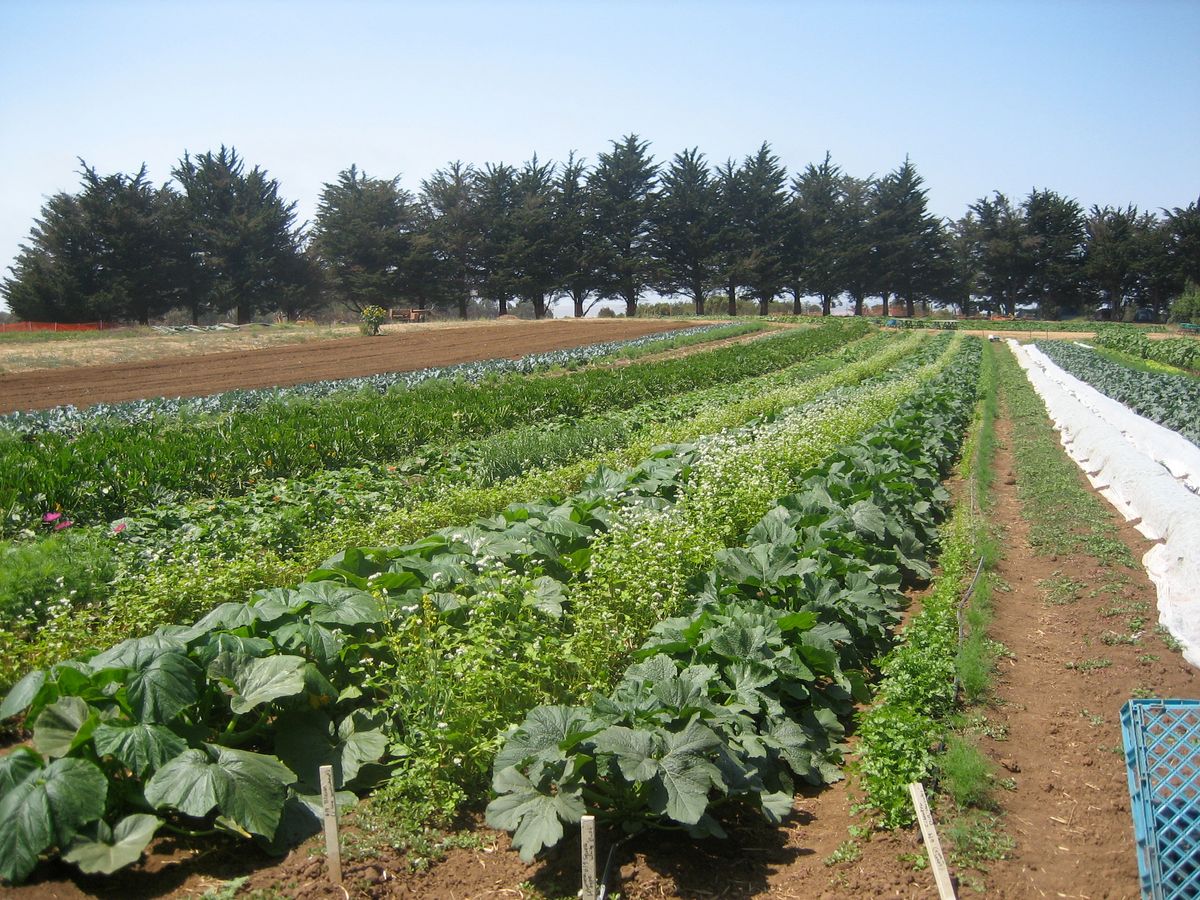
The journey to obtaining organic certification is a testament to a farm’s commitment to sustainable and natural agricultural practices. It is a multi-step process that ensures farms comply with established organic standards, which cover soil quality, pest management, and the prohibition of synthetic inputs like pesticides and genetically modified organisms (GMOs).
The certification process is not only about adhering to organic principles but also about embracing a philosophy that values environmental stewardship and consumer health.
To become certified, farmers must undergo thorough inspections and maintain meticulous records. Here’s a simplified overview of the steps involved:
- Understand and implement organic farming practices.
- Submit an application to a certifying agency.
- Prepare for and pass the on-site inspection.
- Address any compliance issues identified during the inspection.
- Receive certification and begin using the organic label.
While the benefits of certification include access to premium markets and the ability to use the Certified Organic label, the path is challenging. Farmers may face initial lower yields and must invest in new infrastructure and ongoing consultancy. Despite these hurdles, certification can be a rewarding endeavor for those dedicated to organic agriculture.
7. Water Conservation Methods
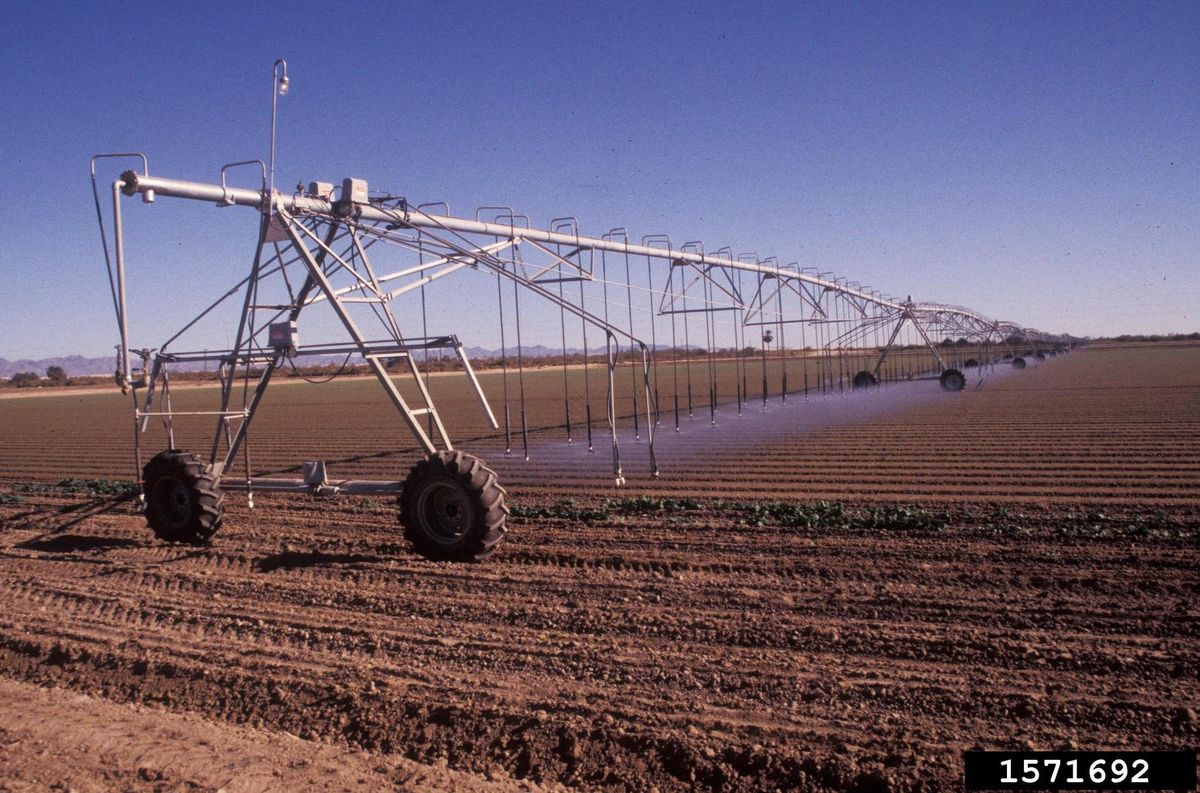
Efficient water management is a cornerstone of sustainable agriculture. Drip irrigation is one of the most effective techniques for minimizing water wastage and ensuring that water reaches the roots of plants directly. This method can significantly enhance water use efficiency in your organic farm.
Other methods include rainwater harvesting, which allows farmers to collect and store rainwater for later use, and precision farming, which utilizes technology to deliver water and nutrients in accurate amounts. These practices not only conserve water but also contribute to maintaining soil health.
- Drip Irrigation
- Cover Cropping
- Dry Farming
- Aeroponics and Hydroponics
- Organic Farming
By integrating water conservation methods like cover cropping and dry farming, farmers can reduce their reliance on external water sources and create a more resilient agricultural system.
Conservation Agriculture, which involves minimal soil disturbance and permanent soil cover, is another practice that promotes soil health and improves water retention. Adopting such methods is essential for the longevity and productivity of organic farming.
8. Biodiversity Enhancement
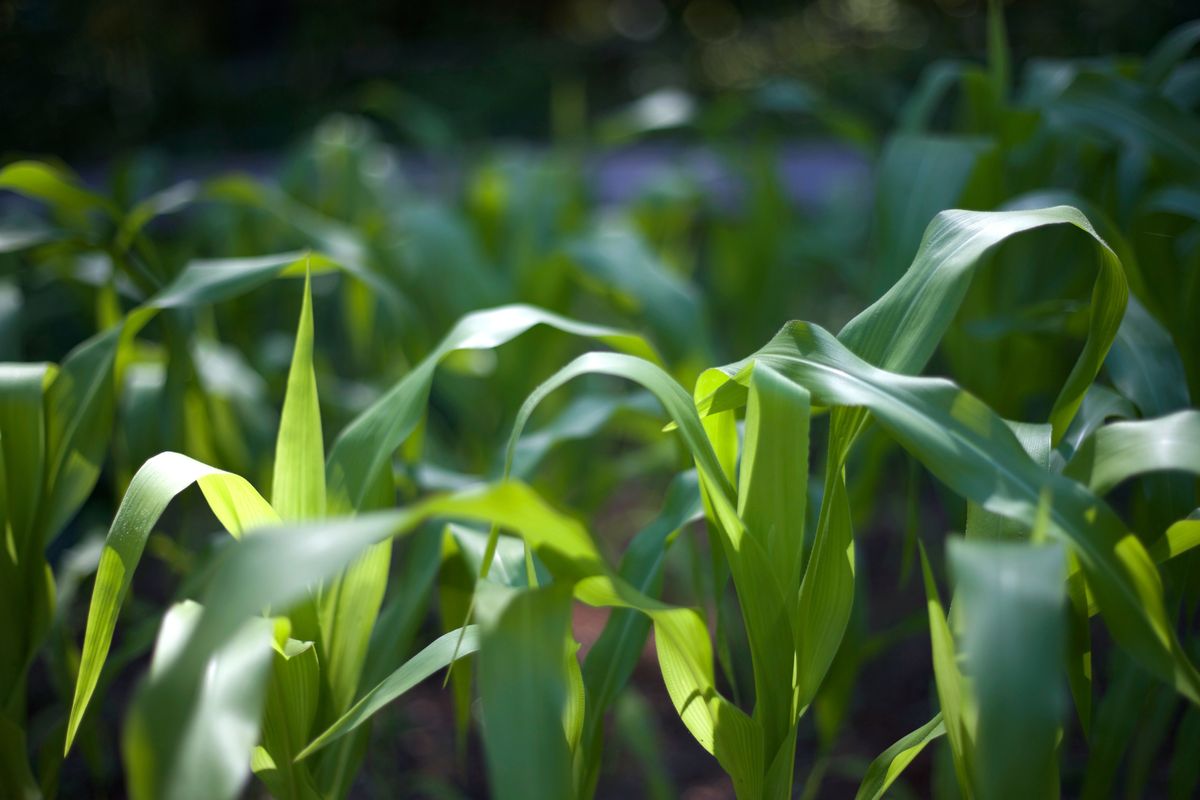
Enhancing biodiversity is a cornerstone of organic farming, contributing to the resilience and sustainability of agricultural ecosystems. Organic farms encourage more biodiversity, providing habitats for a variety of species, from pollinators like bees and butterflies to birds and beneficial insects. This diversity not only supports ecosystem health but also aids in natural pest control and improves soil fertility.
Promoting biodiversity through local agriculture is not just about preserving farmland; it’s about maintaining the delicate balance of ecosystems. No single practice can enhance all taxonomic groups, but overall, less intensive agricultural practices are beneficial to biodiversity. By supporting local farmers who adopt sustainable methods, we contribute to the creation of wildlife-friendly environments.
Maintaining ecosystems and wildlife habitats is crucial. Local agriculture serves as a sanctuary for various species, playing a vital role in the conservation of biodiversity.
Facilitating sustainable farming practices is essential for protecting farmland from urbanization and ensuring the longevity of diverse species within our biomes.
9. Livestock Integration
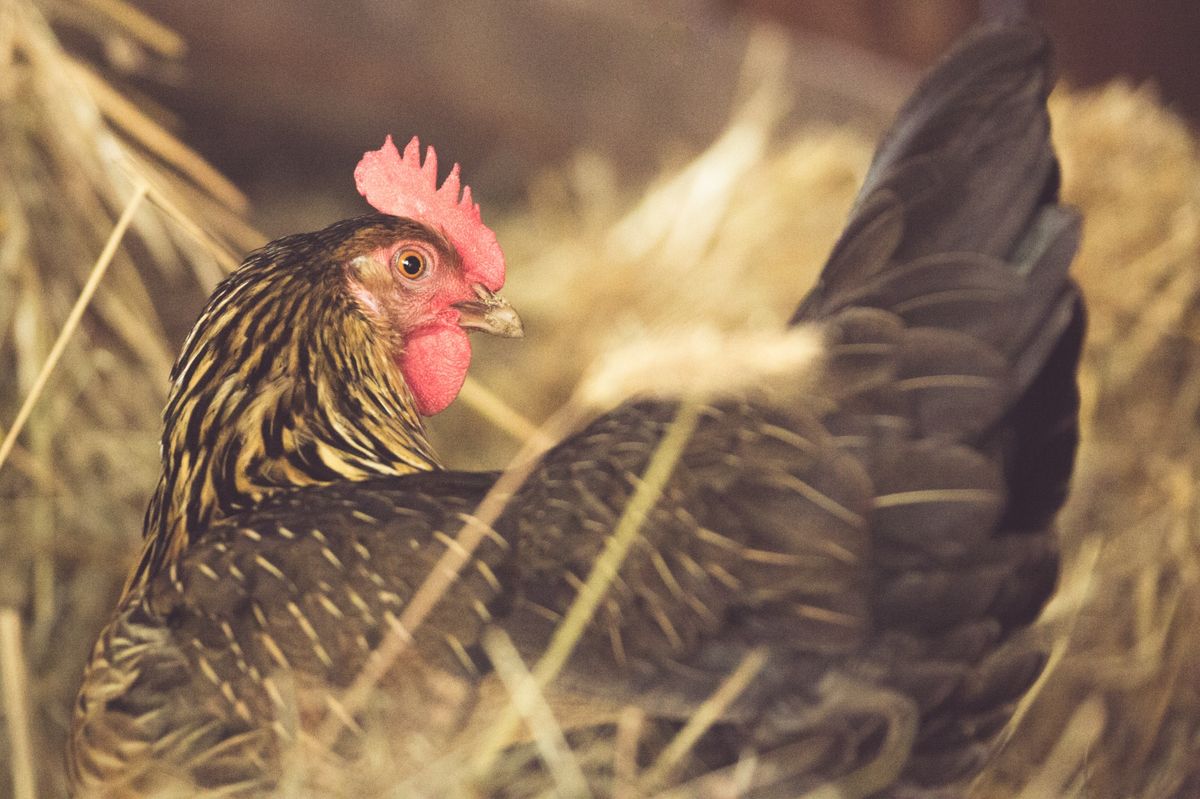
Integrating livestock into organic farming systems, known as Integrated Crop-Livestock Systems (ICLS), can significantly enhance farm sustainability. Farmers with ICLS utilize carefully-planned rotations of crops and animals that intersect and overlap to provide benefits to soil, crop, and livestock health.
Benefits of Livestock Integration:
- Nutrient cycling through manure management
- Improved soil structure and fertility
- Natural pest control through grazing patterns
- Diversification of farm income
Livestock integration is not just about adding animals to the farm; it’s about creating a synergistic relationship between all aspects of the farm ecosystem.
By adopting ICLS, farmers can achieve a more efficient use of resources, leading to increased productivity and resilience against environmental stresses. It’s essential to tailor the integration to the specific conditions and needs of the farm to maximize the potential benefits.
10. Greenhouse Utilization
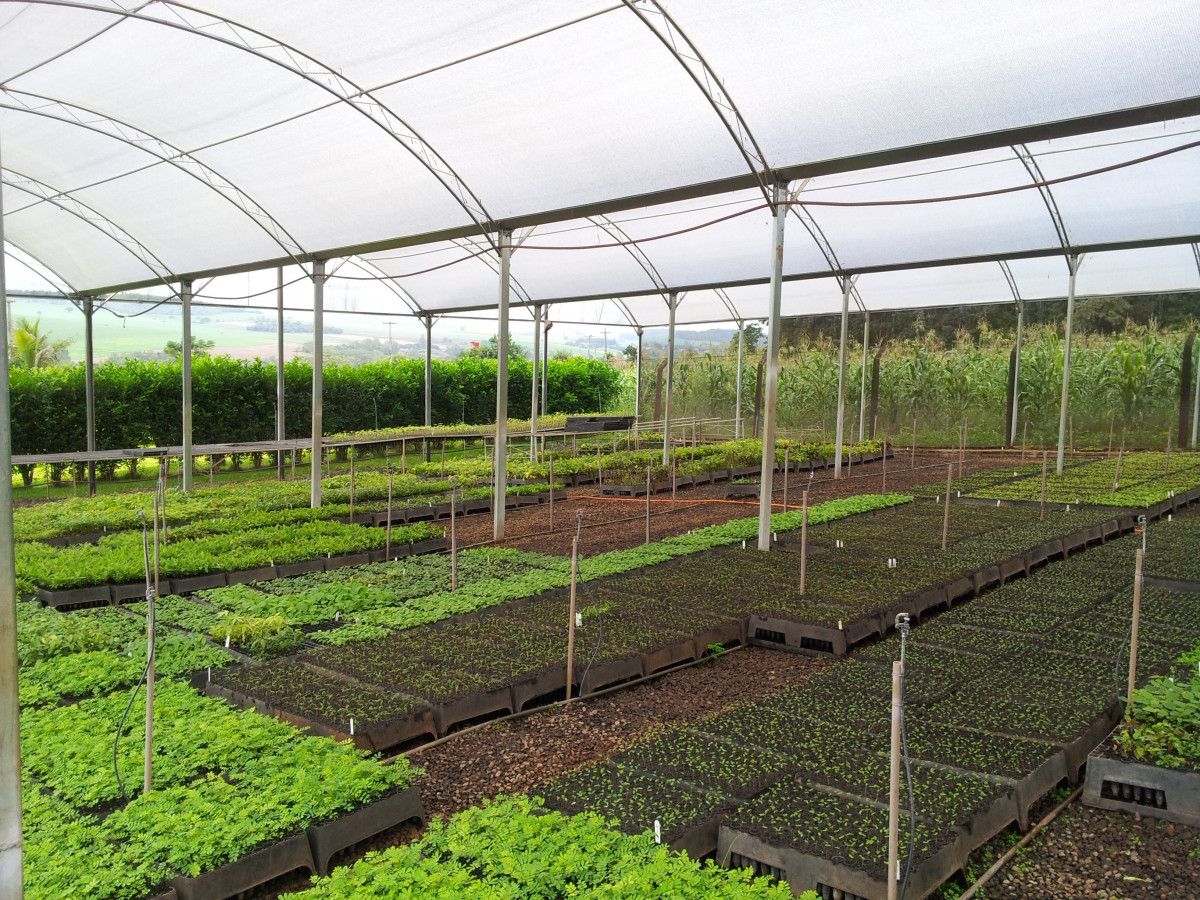
Greenhouse utilization in organic farming extends the growing season and provides a controlled environment for high-value crops. Investing in a greenhouse structure and growing system can significantly enhance production efficiency. Initial costs for a commercial-scale greenhouse can range from $250,000 to $750,000 for a 5,000 sq ft facility, with ongoing expenses for climate control and irrigation systems.
Automated greenhouse systems, such as those used at Clay Bottom Farm, can offer substantial benefits. These systems can control ventilation, temperature, and even send alerts if conditions deviate from the set range, allowing for remote management and increased productivity.
When considering greenhouse options, it’s important to evaluate the types of crops and the climate in which you’re operating. High tunnels and caterpillar tunnels are less expensive alternatives that can still offer protection and extend the season for cold-hardy vegetables. For example, a chart from Clay Bottom Farm shows that lettuce, which dies at 21°F unprotected outdoors, can survive in a high tunnel with proper cover.
- Evaluate the financial and environmental costs of heating and lighting.
- Consider grants for local food growing to support small-scale farms.
- Opt for cold-hardy vegetables in winter to reduce energy consumption.
11. Market Analysis for Organic Produce

Understanding the market dynamics for organic produce is crucial for farmers aiming to capitalize on the growing consumer demand. Market analysis helps in identifying trends, consumer preferences, and pricing strategies that can maximize profitability. For instance, the Organic Fruits and Vegetables Market size was valued at USD 43.48 Bn. in 2023 and is projected to grow significantly.
Conducting a thorough market analysis is not just about numbers; it’s about understanding the narrative behind the data and making informed decisions that align with consumer values and market opportunities.
Here are some key considerations when analyzing the market for organic produce:
- Consumer trends and preferences
- Competitive analysis
- Pricing strategies
- Distribution channels
- Regulatory environment
It’s important to note that organic certification can serve as a gateway to premium markets. Products with the Certified Organic label are often able to command higher prices and attract consumers who are willing to pay more for quality and sustainability.
12. Community Supported Agriculture (CSA)

Community Supported Agriculture (CSA) represents a partnership between local farmers and consumers, where the latter purchase shares of a farm’s harvest in advance. This model provides a reliable income for farmers and guarantees fresh, seasonal produce for consumers. By investing in a CSA, individuals can directly contribute to the sustainability of agriculture in their community.
Benefits of joining a CSA include:
- Access to fresh, locally-grown produce
- Support for local farmers and the local economy
- Reduction in food waste and carbon footprint
Embracing a CSA program is more than just a transaction; it’s a commitment to food sustainability and community resilience.
CSA programs vary, but typically, members receive a weekly or monthly box of assorted farm products. This system encourages a deeper understanding of seasonal eating and fosters a connection between the consumer and the source of their food.
13. Sustainable Packaging Solutions
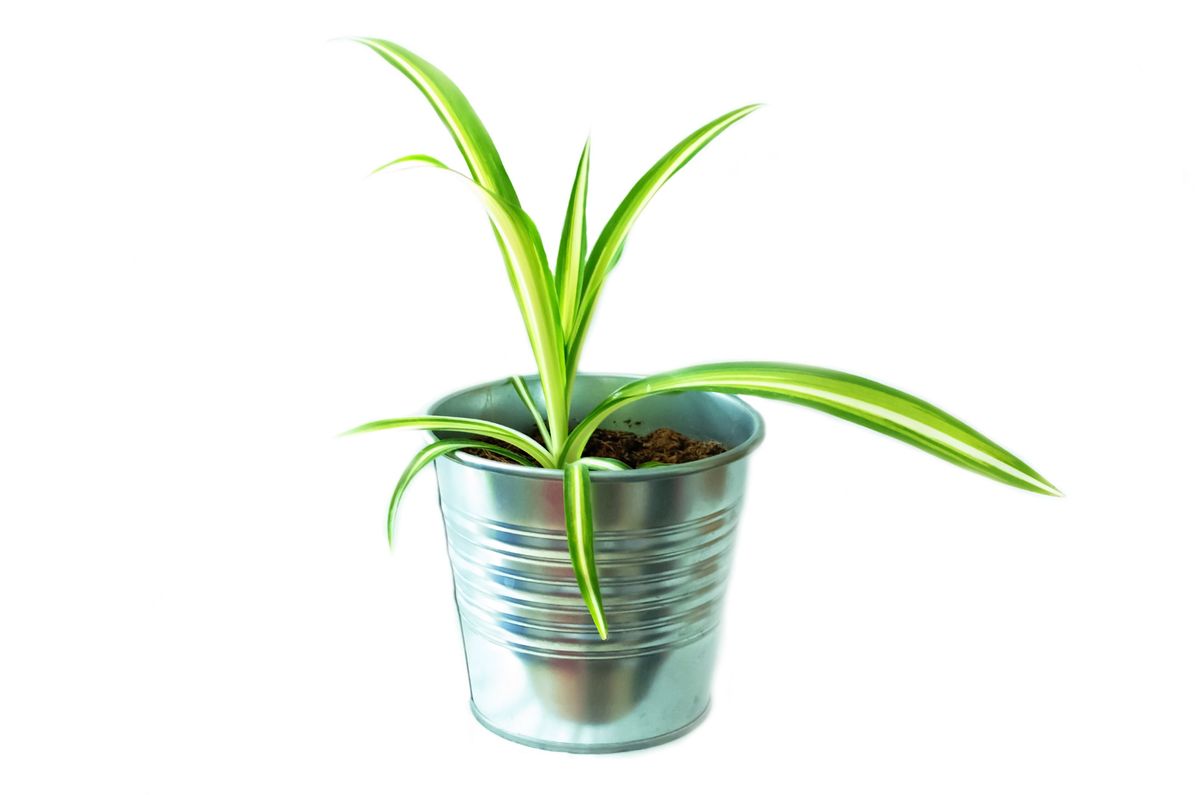
In the realm of organic farming, sustainable packaging is not just a trend; it’s a commitment to the environment and future generations. Packaging choices can significantly impact the ecological footprint of a farm. Opting for biodegradable, compostable, or recyclable materials is crucial for maintaining the integrity of organic products from farm to table.
- Use biodegradable plant-based materials
- Implement recyclable packaging
- Offer bulk purchase options to reduce packaging waste
- Encourage customers to bring their own containers
Embracing sustainable packaging solutions is a powerful statement of an organic farm’s dedication to environmental stewardship.
It’s essential to analyze the lifecycle of packaging materials to ensure they align with the farm’s sustainability goals. By doing so, organic farmers can lead by example, promoting a greener agriculture industry and fostering consumer trust in organic labels.
14. Farming Technology Innovations
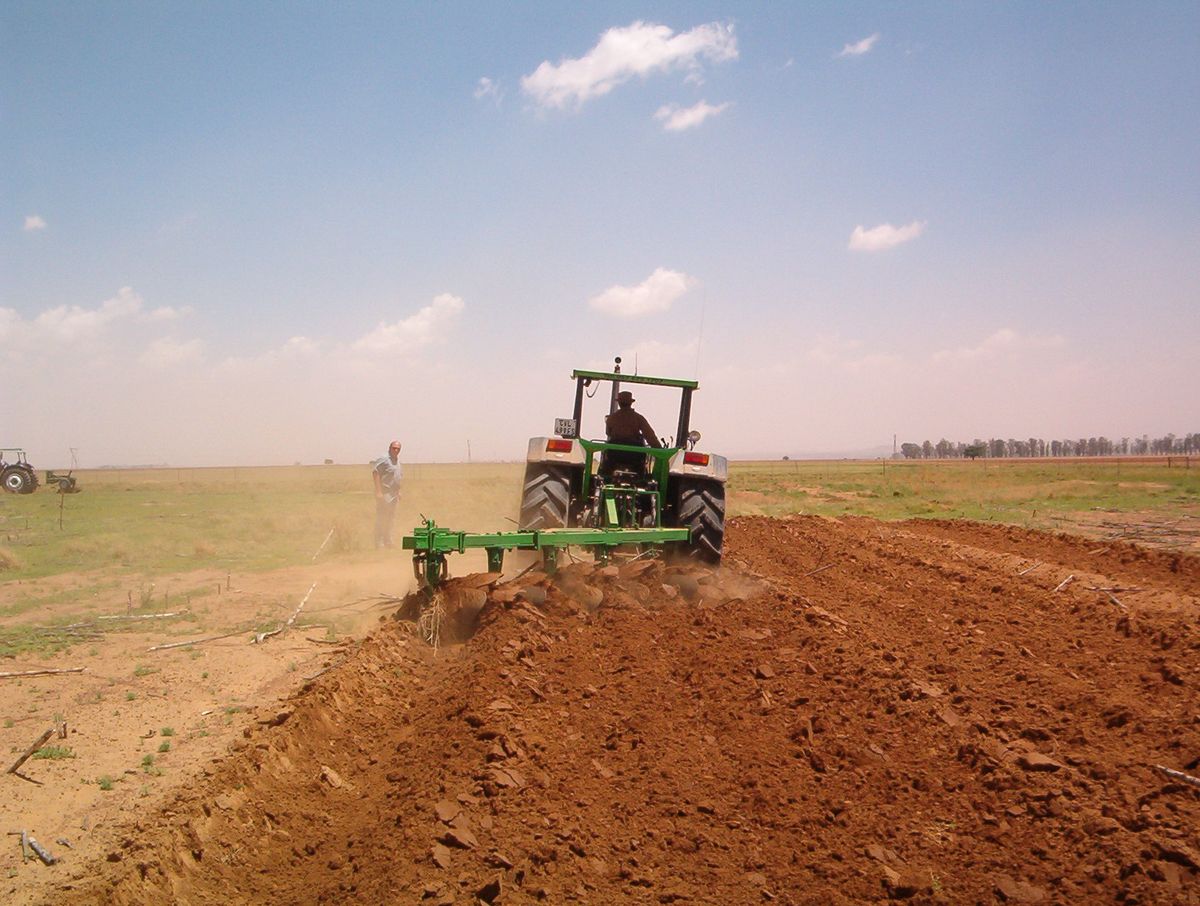
Embracing AgTech is crucial for the modern organic farmer. Innovations in agricultural technology are transforming the landscape of organic farming, making it more efficient and sustainable. From advanced machinery to artificial intelligence, these tools are designed to optimize farming practices while minimizing environmental impact.
Reviving traditional techniques in conjunction with cutting-edge innovations allows for a holistic approach to organic farming. For instance, integrating vertical farming, hydroponics, and aquaponics can lead to year-round crop production, even in urban areas with limited space.
The future of organic farming is being shaped by pioneering innovations that are poised to define its trajectory.
The table below highlights some of the key areas where technology is making an impact:
| Innovation Type | Description |
|---|---|
| Machinery & Robotics | Enhance precision and reduce labor |
| Artificial Intelligence | Optimize crop management and yield predictions |
| Biotechnology | Improve plant resistance and growth rates |
Young farmers, in particular, are at the forefront of adopting these technologies to drive regenerative agriculture and ensure the longevity of organic farming practices.
Innovations in Urban Horticulture: Green Spaces and Community Gardens
in Horticulture: Balancing Environmental and Economic Concerns


